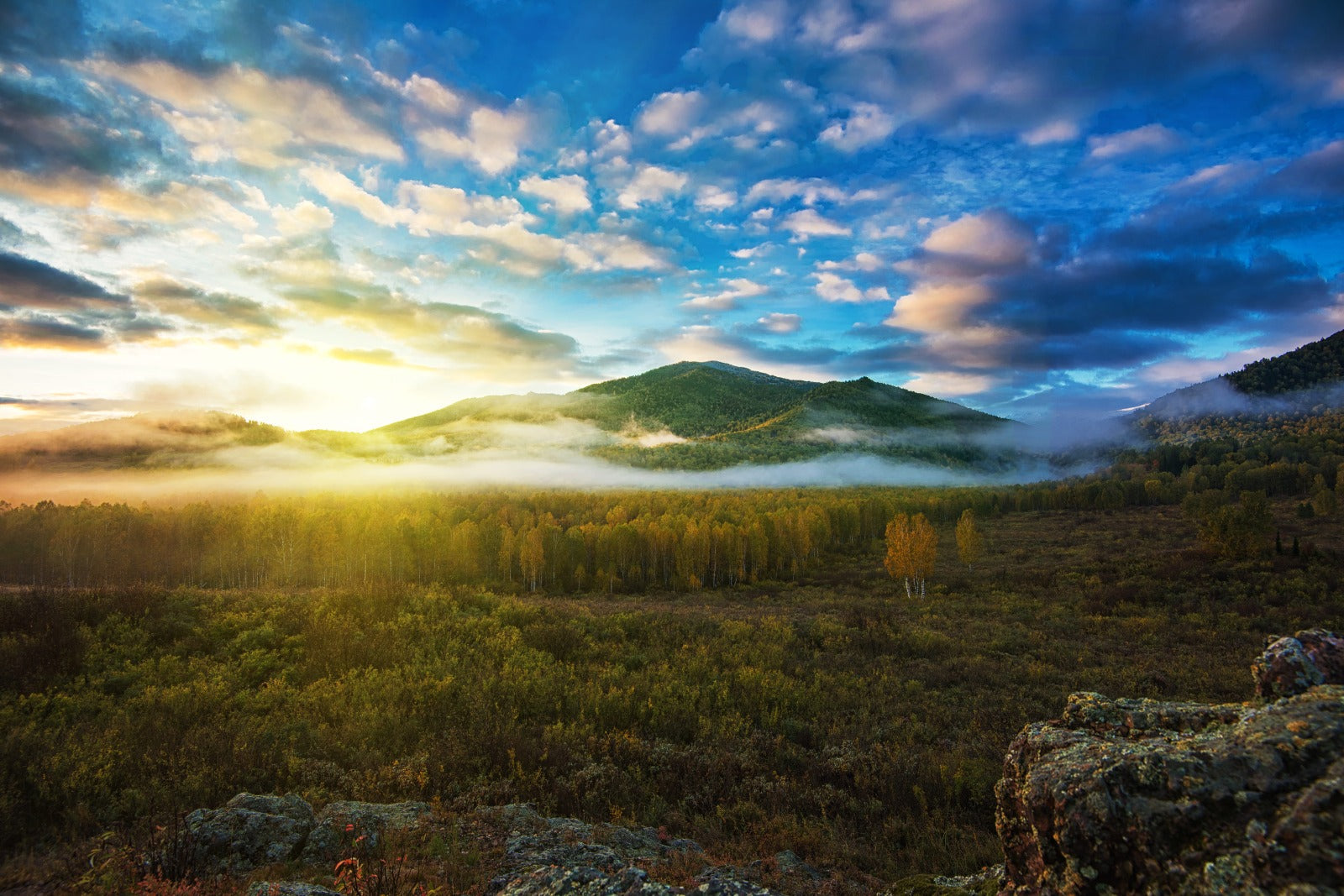Bioflavonoids are necessary for the general maintenance of immunity, stabilization of the functions of the nervous system, as well as the normal functioning of blood vessels.
Bioflavonoids are needed:
- to overcome rapid fatigue and weakness;
- in times of stress;
- for any injuries, especially those accompanied by bleeding;
- for the treatment of increased fragility of capillaries, problems with pressure, circulatory disorders;
- for overcoming inflammatory diseases of the stomach and intestines;
- when changing seasons, especially from warm to cold.
But what bioflavonoids are contained in Siberian herbs so popular today in traditional medicine? In this article, we will try to answer this question.
Siberia is the birthplace of many medicinal plants. Chokeberries, buckwheat, rose hips, dandelions, bergenia, burnet, valerian, hawthorn, and much more grow here rich in bioflavonoids. Here are some of the beneficial bioflavonoids found in these herbs:
It is perhaps the most powerful antioxidant among bioflavonoids. It also prevents the formation of atherosclerotic plaques and thus contributes to the prevention and treatment of cardiovascular diseases. Recently, there have been recommendations for the use of quercetin along with zinc for the treatment of patients with flu and viral infections.
The maximum concentration of this substance is in red onions. Quercetin is also found in apples, tomatoes, broccoli, bell peppers, red grapes, dark cherries, lingonberries, and raspberries.
Anthocyanin.
Its main task is to strengthen the walls of blood vessels. Regular intake of anthocyanin improves vision and increases brain performance, preventing the development of stroke. The most readily available source of anthocyanin is blueberries. Doctors advise eating at least half a glass a day. In winter, you can eat Siberian frozen berries to get the required amount of anthocyanins.
Polyphenol.
Polyphenol helps in the treatment of various inflammatory conditions. The best source of this substance is the leaves of green tea, which grows in southern Siberia. Thanks to the antibacterial properties of polyphenols, green tea is good for both drinking and gargling with it.
Polyphenol also strengthens the heart and blood vessels. A recent study found that people drinking several cups of green tea a day significantly reduced their risk of stroke and heart attack.
Rutin (sophorin).
This element is responsible for healing chronic venous insufficiency, glaucoma, hay fever, hemorrhoids, varicose veins, circulatory disorders, herpes, cirrhosis of the liver, stress, cataracts. Rutin is also useful for rheumatological conditions such as gout, arthritis, lupus erythematosus, and spondylitis.
Catechins and tannins.
These elements help in the process of cleansing the liver, strengthening blood vessels, and reducing the manifestation of inflammatory reactions. They also belong to substances that inhibit the growth of cancer cells. It prevents collagen breakdown. May be useful in the treatment of hepatitis and arthritis. Can be found in green and black tea leaves.
Kaempferol.
This natural flavonoid promotes fast and effective liver cleansing and strengthens the vascular system. This bio element is known as an agent against cancer. Kaempferol also can be found in strawberries, leeks, cabbage, radishes, beets.
Genistein.
A well-known estrogen regulator. It is believed that this flavonoid is capable of stopping the development of cancer at different stages. Genistein also protects the human cardiovascular system. It is useful for maintaining men's health, and is also necessary for women during menopause.
Conclusion.
Bioflavonoids are bio pigments to which plants owe the bright color of their fruits. For example, anthocyanins give red, blue, purple color, and flavones, flavonols, aurones, chalcones - yellow and orange.
In the human body, bioflavonoids are involved in strengthening the walls of blood vessels. In addition, they are capable of neutralizing free radicals and play an essential role in supplying the body with energy. Also, bioflavonoids are involved in many processes in the body - they have an antioxidant effect, reduce blood clotting, reduce capillary fragility and permeability, and improve metabolic processes.





Leave a comment (all fields required)